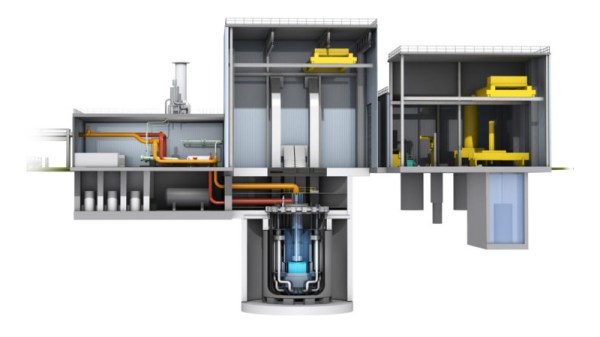Most new nuclear fission reactors being built today are of the light water reactor (LWR) type, which use water for neutron moderation into thermal neutrons as well as neutron capture. While straightforward and in use since the 1950s in commercial settings, they are also essentially limited to uranium (U-235) fuel. This is where fast neutron reactors are highly attractive.
Fast neutron reactors can also fission other fissile elements, covering the full spectrum of neutron cross sections. TerraPower’s Natrium reactor is one such fast reactor, and it’s the world’s first fast reactor that not only targets commercial use, but also comes with its own grid-level storage in the form of a molten salt reservoir.
The upshot of this is that not only can these Natrium reactors use all of the spent LWR fuel in the US and elsewhere as their fuel, but they should also be highly efficient at load-following, traditionally a weak spot of thermal plants.
TerraPower and its partners are currently looking to build a demonstration plant in Wyoming, at the site of a retiring coal plant. This would be a 345 MWe (peak 500 MWe) reactor.














